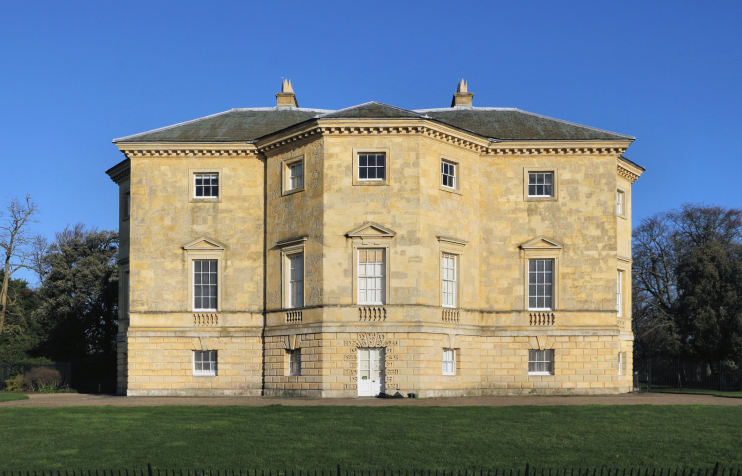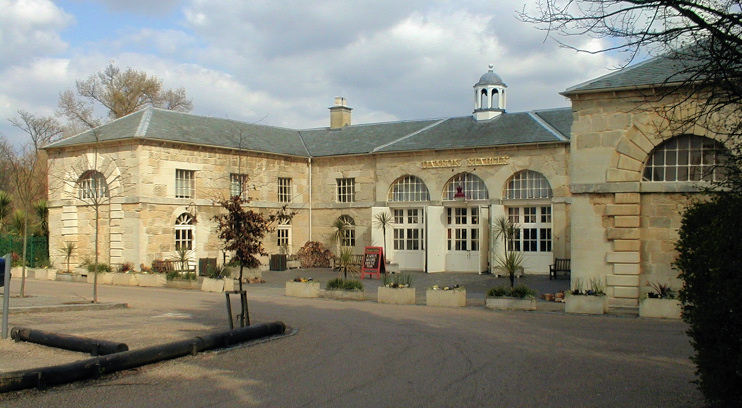Danson Park
Danson Park, Bexley
A historic parkland site and surrounding suburban development, situated west of Bexleyheath and south of Welling

The estate was mentioned as ‘Densynton’ and ‘Dansington’ in the late 13th century and the name may have referred to a farmstead belonging to a man called Denesige. It had become Danston by 1327 but the final change to Danson wasn’t recorded until c.1762, when sugar merchant John Boyd commissioned the construction of what Pevsner calls a “crystalline villa” here.
Shown in the photo above, the villa was designed by Robert Taylor, one of the architects of the Bank of England, and its grounds were landscaped in the style of Capability Brown – or perhaps by the man himself. Brown may also have been responsible for Chapel House, a churchified cottage built on the far side of the park as an eye-catcher.
Danson House was originally flanked by free-standing pavilions, which were demolished around 1800, when the present stable block was built.
In 1881 Alfred Bean – then owner of the Danson estate – began to develop the neighbouring suburb of Welling. Bean died in 1890 but his widow survived for another 31 years, whereupon the Danson estate was divided into lots and sold.
Bexley council bought the mansion and 224 acres of parkland for £15,000 in 1924 and spent another £3,500 converting the park for public use. The remainder of the estate was sporadically developed for housing over a period of nearly 15 years with a variety of styles and sizes ranging from semi-detached bungalows to mock-Tudor mansions, plus a handful of modernist villas. Post-war change in the Danson locality has mostly been limited to the improvement and enlargement of existing properties.
From 1995 to 2005 Danson House was meticulously restored from a state of near ruin by leaseholders English Heritage, while the stable block was converted to a pub and restaurant, shown in the photo below.

The grade I listed mansion was placed in the care of Bexley Heritage Trust, which organised exhibitions and a variety of events here. Dismally, the London Borough of Bexley revoked its grant to the BHT from the start of the 2016 financial year. The trust did not survive this body blow and the council took direct control of Danson House, making it the borough’s register office while also opening it to the public every Sunday from 10am to 4pm. It’s doubtful whether English Heritage would have drained its restoration funds if it had known public access would be so restricted.
The adjoining parkland is perhaps the borough’s finest open space and boasts extensive sporting facilities. The lake is used for boating and windsurfing.
Now separated from the park by the A2 Rochester Way, Chapel House has survived but it is on English Heritage’s At Risk Register.
Postcode areas: Welling, DA16 and Bexleyheath, DA6
Population: 10,864 (2011 census)
Further reading: Richard Lea and Chris Miele, Danson House: The Anatomy of a Georgian Villa, English Heritage, 2011
See also: neighbouring Upton and its Red House
